BLOG
Is White Wine the Future of Bordeaux?
Jacopo Mazzeo
Wine Education & Careers

Let's face it: Bordeaux is struggling. A recurring theme during my latest visit was producers lamenting declining sales, despite their wines tasting rather delicious. In January, the Gironde Chamber of Agriculture reported that more than 1,320 winegrowers were facing financial challenges – a situation that prompted the agriculture ministry to allocate €57 million to support the uprooting of nearly 10,000 hectares of vines in the region.
Recent data from the drinks market research agency IWSR revealed a 4% decline in global consumption of Bordeaux wine from 2016 to 2021. This decrease can be attributed to several factors, but people’s changing drinking habits have certainly played a significant role. The decline is most pronounced in the consumption of red wines, which account for over 90% of Bordeaux's production. Over the past decade, red wine consumption has dropped by nearly a third in France, contributing significantly to the challenges faced by the region’s wine industry. And Bordeaux’s sweet wines aren’t doing particularly well either, despite wine professionals never missing an opportunity to wax lyrical about Sauternes.
Dry white wines, by contrast, are flying. The problem is they represent just 8% of the total production.
Bordeaux thrived on white wine until the 1970s, when plantings began nosediving. Today, Sémillon, Sauvignon Blanc, and a handful of other white varieties cover just over 7,000 hectares: a negligible amount for a region whose vineyard size is about 20% larger than that of South Africa. Renewed enthusiasm for white-wine production, though, is palpably increasing across the region, particularly in response to people’s growing preference for lighter wines.
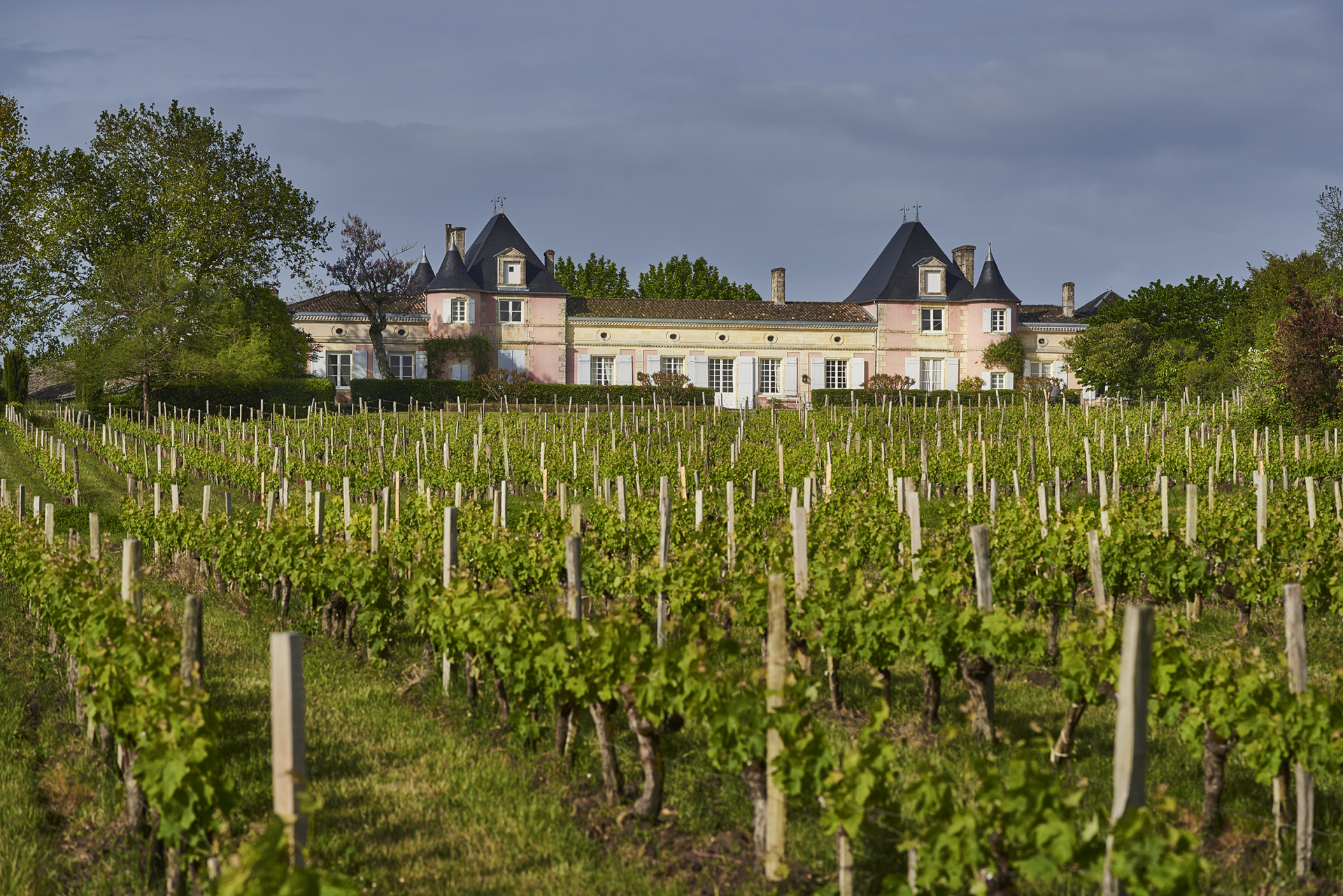
Château Loudenne is one of the Medoc’s leading white wine producers, having been consistently crushing and fermenting white grapes since the 1880s.
“The cool clay and limestone soil of the northern Medoc is exactly what you need to produce good, aromatic Sauvignon Blanc,” director Philippe de Poyferré tells me. “In the southern Medoc it's more gravel and sand, or gravel and clay, which isn’t as good for Sauvignon Blanc.”
Loudenne’s Sauvignon Blanc is fermented and aged in oak for about six months with regular bâtonnage, with a smaller portion of Sémillon adding structural support to the wine. The result is a textured, full-bodied, and aromatic Sauvignon-based white wine. This is a tried-and-tested Bordelais formula, yet by no means the sole approach to white winemaking producers embrace. Unlike the expectations often associated with Bordeaux reds, châteaux here enjoy the freedom to carve out their own unique white wine styles. A heterogeneity of approaches that seems poised to grow.
Poyferré himself has ambitious plans to double his existing white plantings, his vision involving grapes he’ll use to craft varietal wines outside the appellations' system.
“This year I’ve planted Viognier. Chenin is next,” he says. Like others in Bordeaux, Poyferré views white wines as a creative playground. The freedom from regulations and preconceived expectations afford him the opportunity to showcase the château’s vision rather than adhere to the dictates of an appellation.
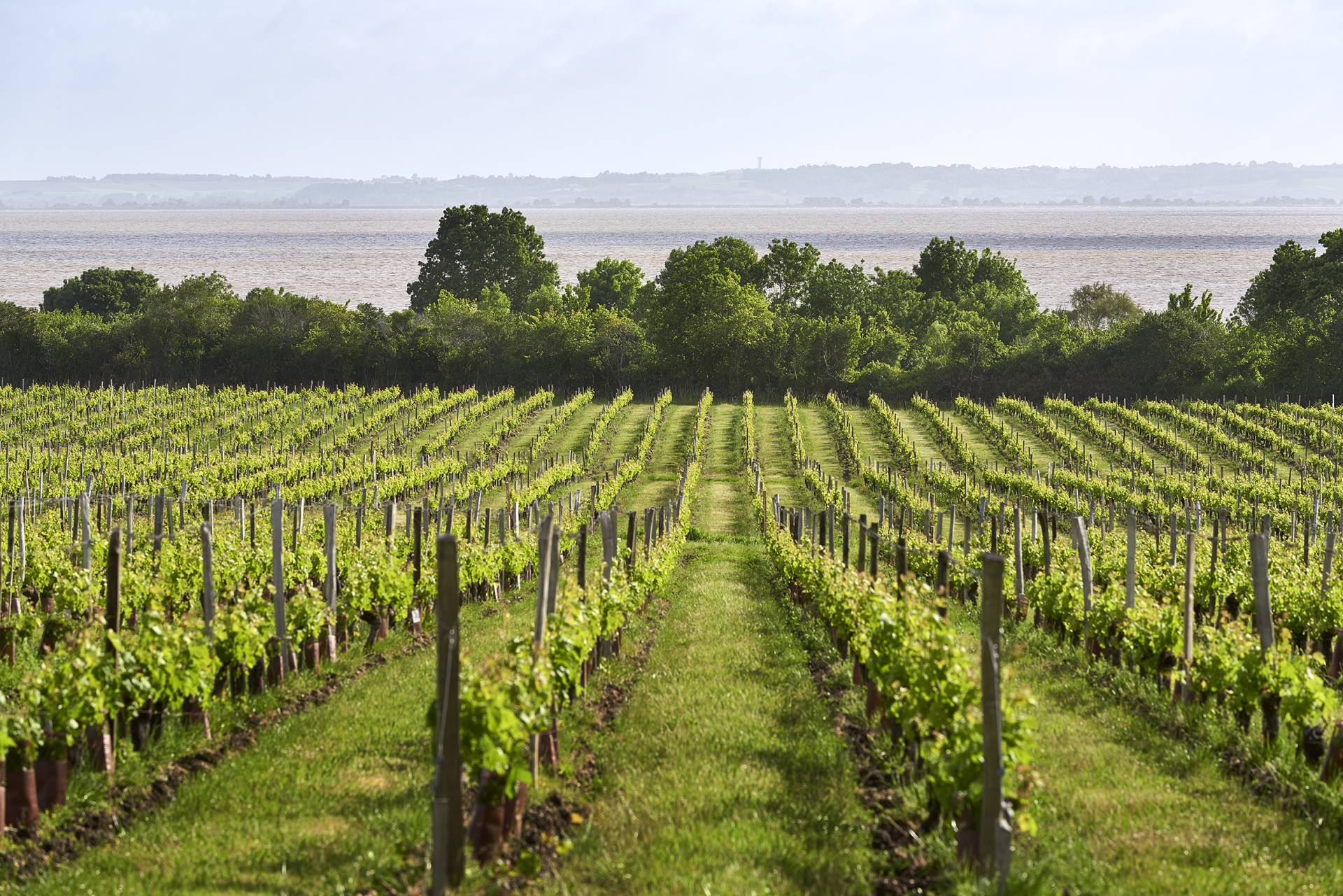
My white, my style
“Every château in Bordeaux wants to produce its own white cuvée, with its own identity, whether within the Bordeaux appellation or as a Vin de France,” explains Jean Luc Thunevin, the founder of Saint-Émilion’s Château Valandraud. When he first launched his Valandraud Blanc back in 2003, he couldn’t have cared less about the lack of a white Saint-Émilion AOC. Having played a pioneering role in the garage-wine movement during the 1990s, Thunevin was well aware that his white’s success would hinge more on his reputation than the appellation shown on the label. What should a white Saint-Émilion actually taste like? This open question led to plenty of stylistic freedom.
Thunevin’s inaugural white is a Sémillon, Sauvignon Blanc and Sauvignon Gris blend that’s aged for nine months on the lees, partly in oak and partly in amphorae. The result is a delightful marriage of tropical fruits and mineral notes, with judicious use of oak evident on the palate, enriched by apple, peach, and olive brine, all held straight by vibrant acidity.
A more lemony, grapefruity expression – Virginie de Valandraud – followed a few years later. Thunevin calls these wines his “success stories”; they motivated him to embark on further white ventures. “We have just started our Bordeaux white ‘made in Pomerol’, a blend of Sauvignon Gris and Blanc called le Blanc du Beau-Père,” he tells me. “Now we also make a Chardonnay and an orange Sémillon.”
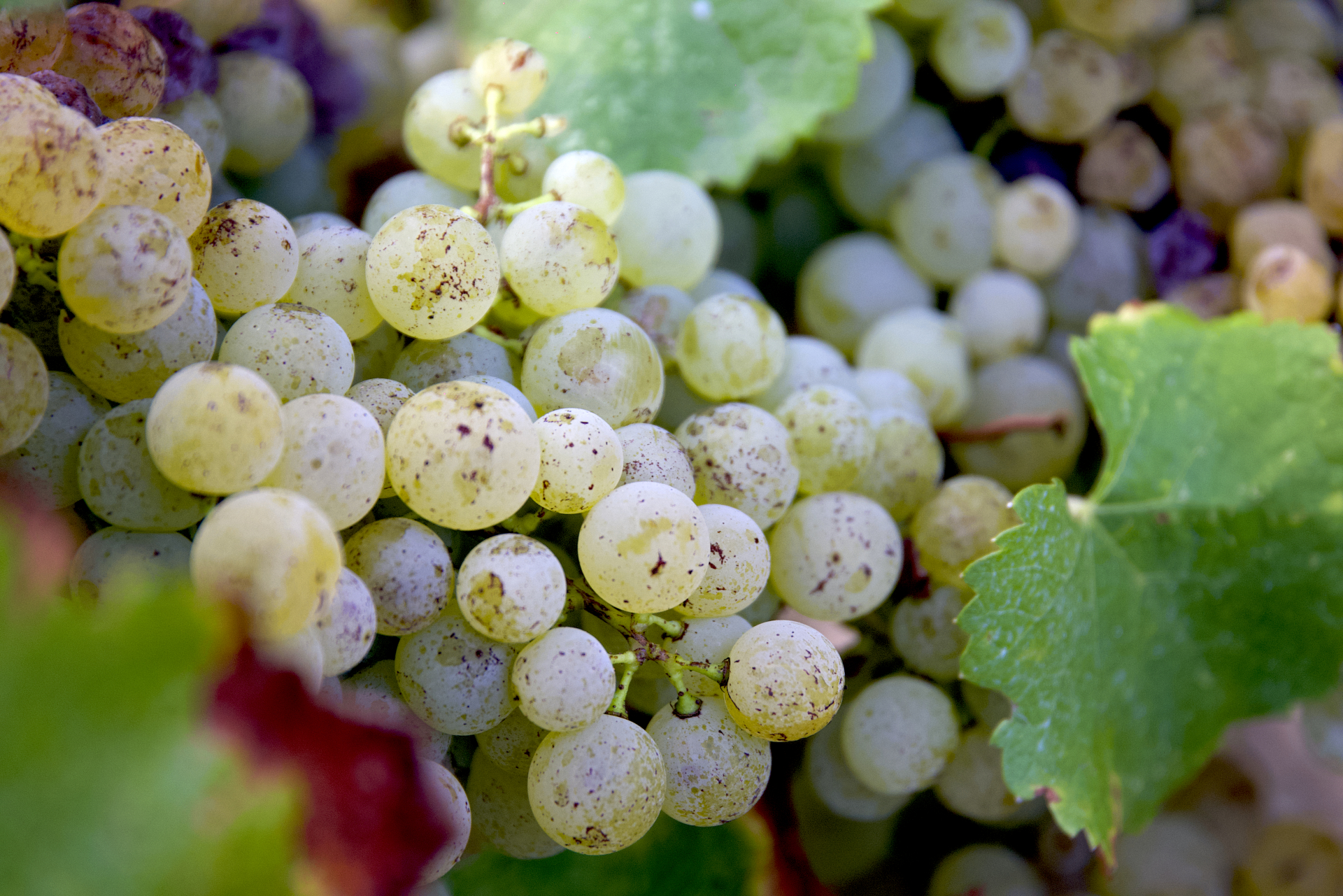
Further west, on the opposite side of the Dordogne river, is Château Carbonneau, located within the lesser-known yet sizable Sainte-Foy Côtes de Bordeaux. Carbonneau’s Margot Sauvignon Blanc distinctly reflects the Kiwi heritage of its owner, Wilfrid Franc de Ferrière, whose mother was from New Zealand. “It’s got ‘early’ Kiwi Sauvignon influence, from when Sauvignons in New Zealand were inspired by the Loire. At the time they were fruit-driven, but not as acidic as today,” he claims. The grapes, growing on both clay and limestone as well as on lighter, silty soil, are left to ripen fully “to steer clear of green and citrus notes”, with Ferrière guiding his Sauvignon towards peachy and apricotty aromas instead. Regular bâtonnage contributes to a lush, rounded palate.
A distinctly New World mindset characterises Ferrière’s approaches to his estate’s future, too. He’s planted 1ha of Alvarinho, which he believes holds promise in the region. Having been recently added to the Bordeaux AOC specifications, he believes the variety is likely to perform well in the area. “Back in the 80s we had the ‘Sémillon generation’, that of my grandparents,” says Ferriere. “In the 2000s, my own generation bet on Sauvignon Blanc. Now, my sons are taking over and we must look at all our options. Maybe Alvarinho is one of them.”
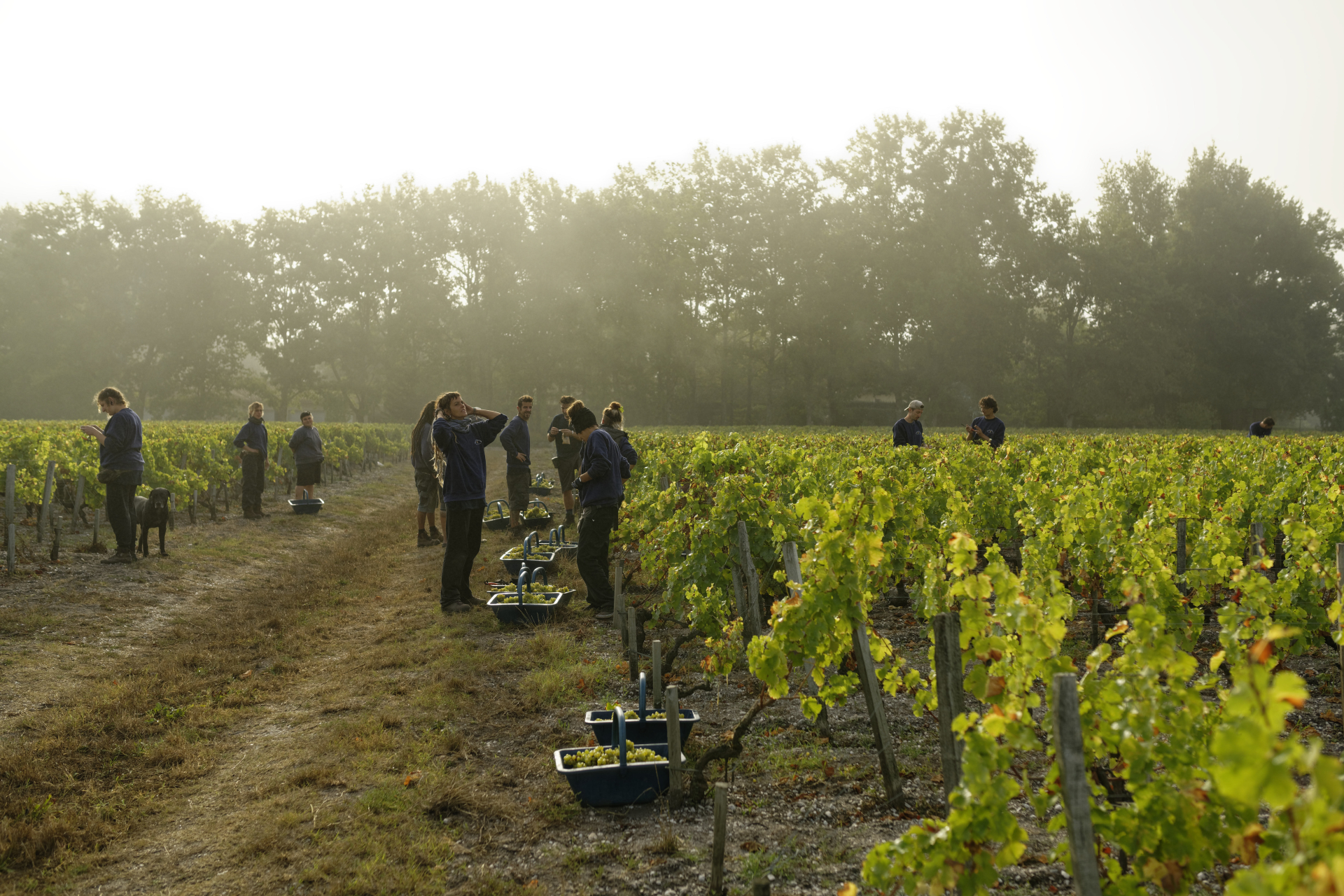
A new Sémillon generation?
Sémillon may have fallen out of favour in Ferriere’s area, but elsewhere, its reputation is on the rise for producing dry whites. The late André Lurton of Vignobles André Lurton – which owns multiple properties across Pessac-Léognan, including the renowned La Louvière – once favoured Sauvignon Blanc over Sémillon. His son Jacques, now leading the family business, is steering in a different direction, championing Sémillon and stealthily reintroducing it in his vineyards.
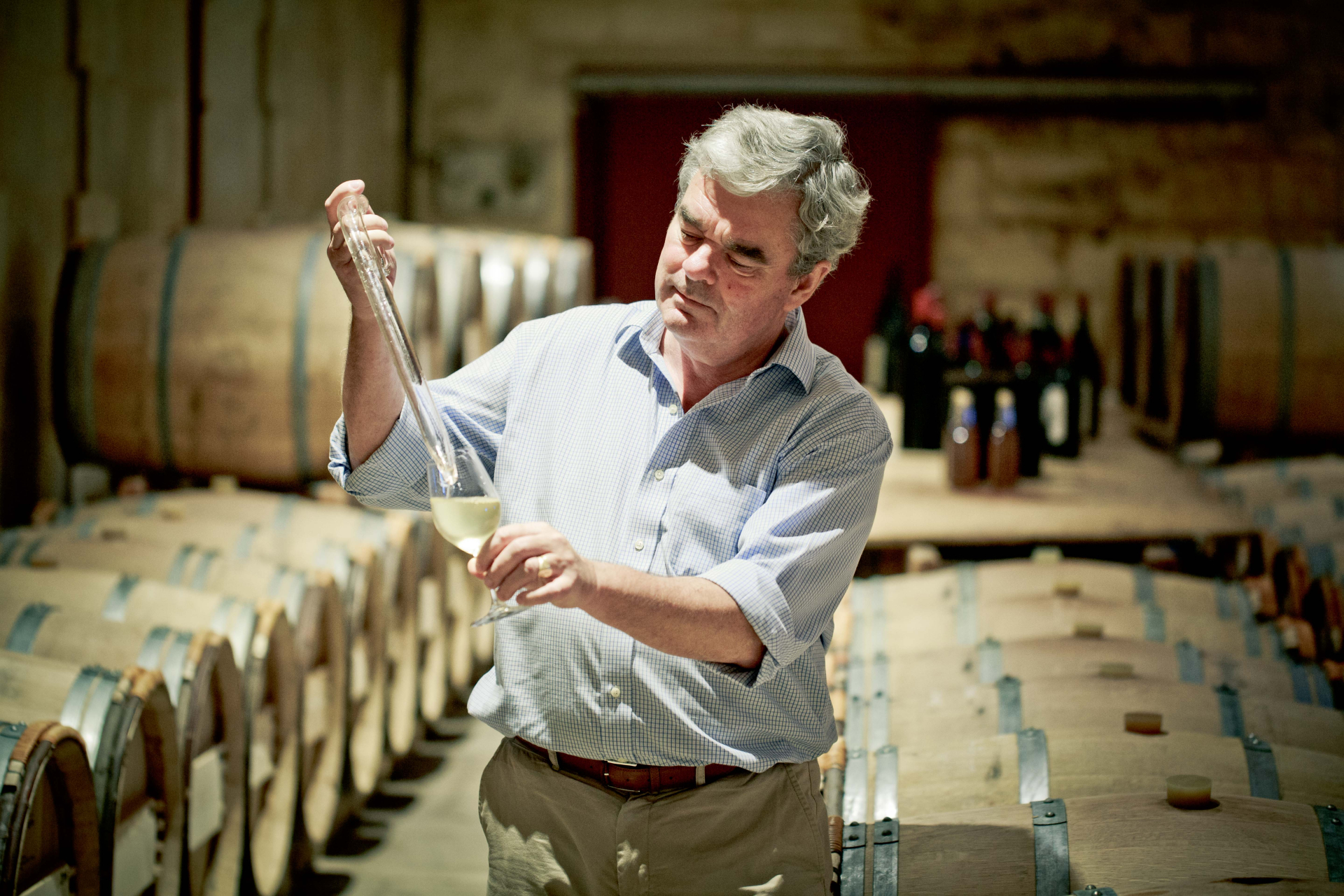
Through his Groupe Bernard – which owns multiple properties including Domaine de Chevalier and, in part, Château Guiraud – Olivier Bernard is contributing to this shift.
Château Guiraud has long been celebrated for its sweet wines, earning first growth status in the 1855 classification of Sauternes and Barsac. Its foray into dry whites started about four decades ago., prior to Bernard’s arrival in 2006. Initially a modest business of around 30,000 bottles, today Guiraud’s dry white output surpasses 200,000 bottles annually, with nearly half of its 95ha of vineyards dedicated to it.
The chateau grows both Sémillon and Sauvignon Blanc, but cellar master Sandrine Garbay – formerly of Château d'Yquem – argues that it’s the Sémillon, grown on warmer sandy and gravelly soil, that truly elevates her Grand Vin Blanc Sec.
Vinified in the château’s Sauternes barrels then aged on lees in oak for 10 months, Guiraud’s blanc is indeed delicate, mineral, refined, but with a marked acidic spine, firm structure, and lingering, satisfying finish. “Sauvignons are very aromatic, with good acidity and freshness, but the mouth is always light and has less depth than the Sémillons,” she explains. “Sémillons have delicate and discreet flavours, but a lot of density on the palate, length, and ageing potential.”
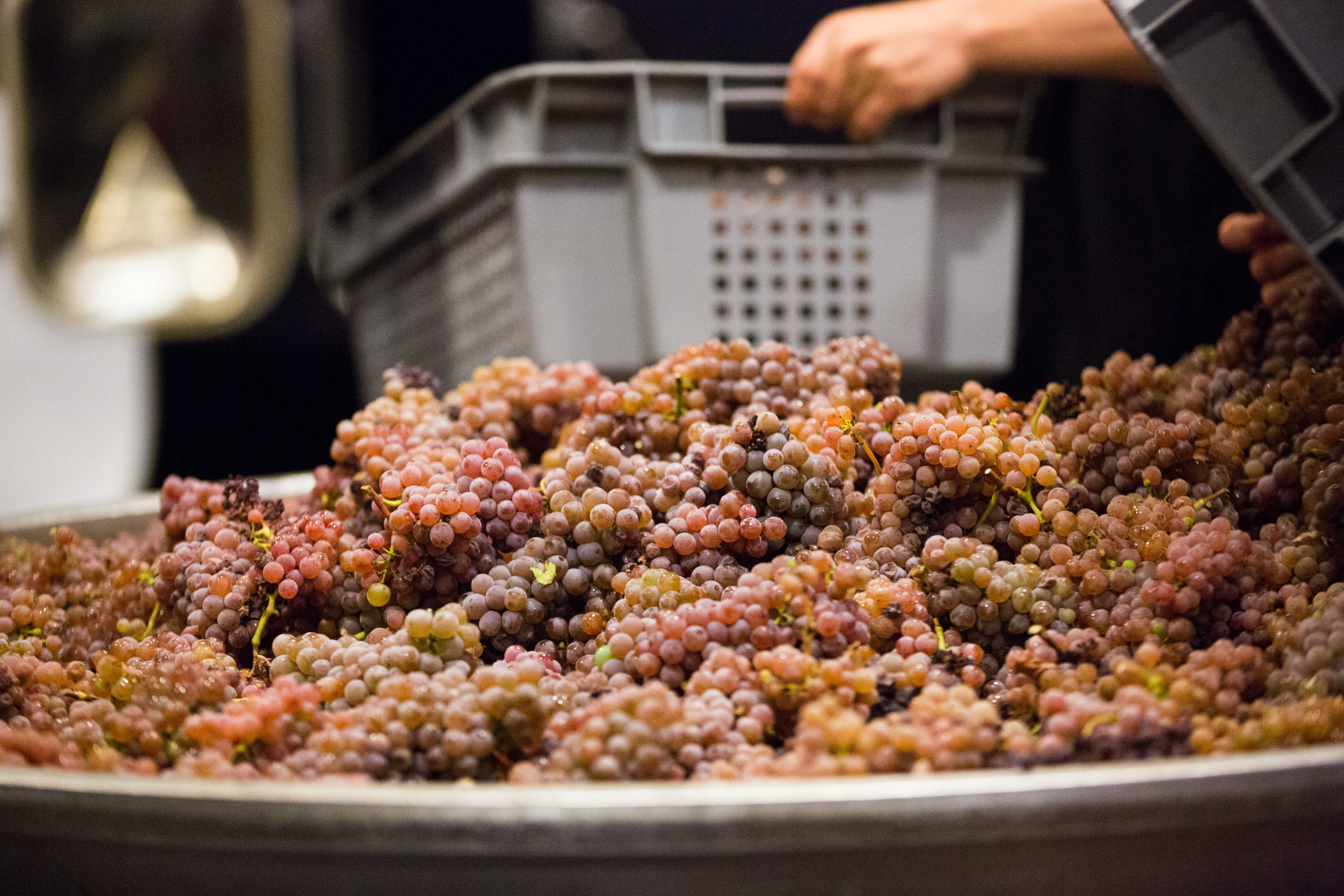
As the focus on dry whites grows stronger, there is a simultaneous push to define and categorise production through the creation of new appellations and labelling terms.
The Organisme de Défense et de Gestion des AOC Médoc, Haut-Médoc, et Listrac-Médoc (ODG) is pursuing a proposal to introduce a definition for white wine in the Médoc specifications which would enable producers to label their whites as Médoc Blanc – something that’s not possible at present. The new regulations would involve the utilisation of a diverse range of grape varieties, including Chardonnay, Chenin Blanc, Viognier, Gros Manseng, Alvarinho, Liliorila, along with resistant varieties like Floréal, Sauvignac, Souvignier Gris, and Voltis – although the final list is still being discussed.
As the proposal involves an amendment to an existing appellation rather than the creation of an entirely new one from scratch, Claude Gaudin – ODG president and owner of Haut-Médoc’s Château Maurac near Saint-Estèphe – anticipates a swift resolution within a couple of years.
Many, including Eloi Jacob from Château Fourcas Hosten in Listrac-Médoc, see a possible new Médoc Blanc AOC as an opportunity to enhance their wines’ value. Others, like Poyferré, intend to steer clear from it. Despite differing opinions on its potential, the Médoc Blanc proposal reflects today’s bold, liberated, and experimental approach to white winemaking across Bordeaux. It’s a freedom that winegrowers can’t find within the cultural, economic, and historical constraints associated with the region’s red wine.
But while the vibrant nature of Bordeaux’s whites can certainly enhance the region’s appeal, there’s a more significant potential shift at play. It might spearhead a broader transformation, turning Bordeaux’s wine landscape into a more dynamic and daring one – a much-needed reinvention for a region about to uproot nearly a tenth of its vineyards.



